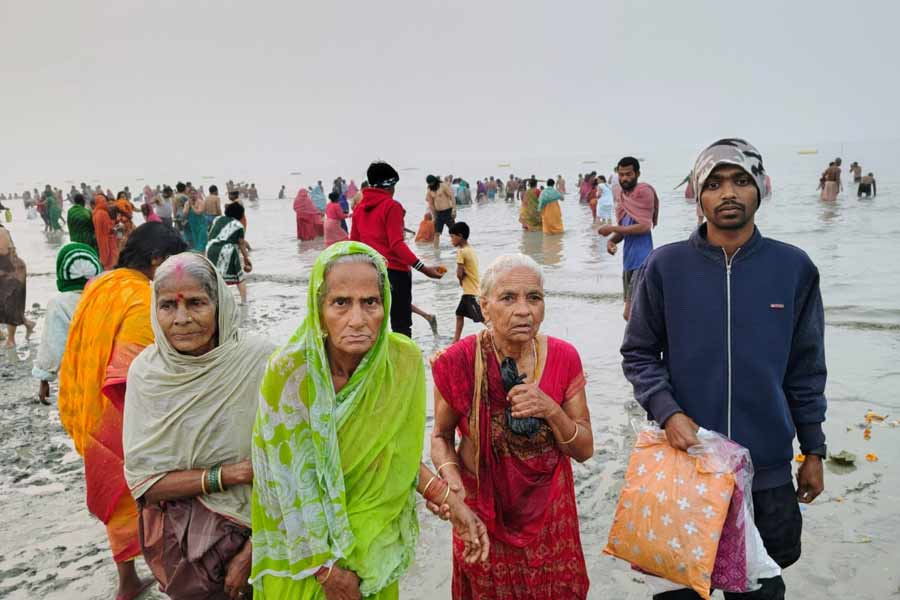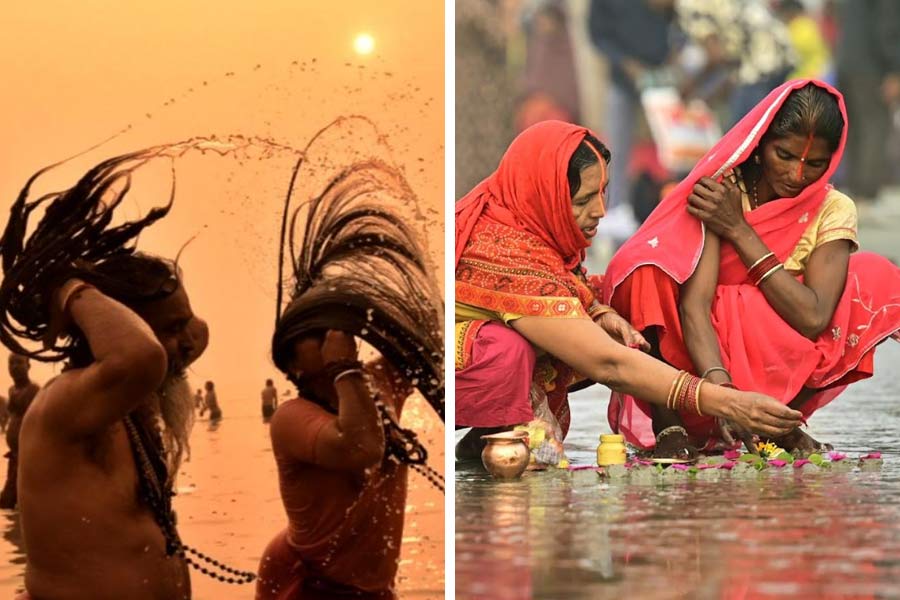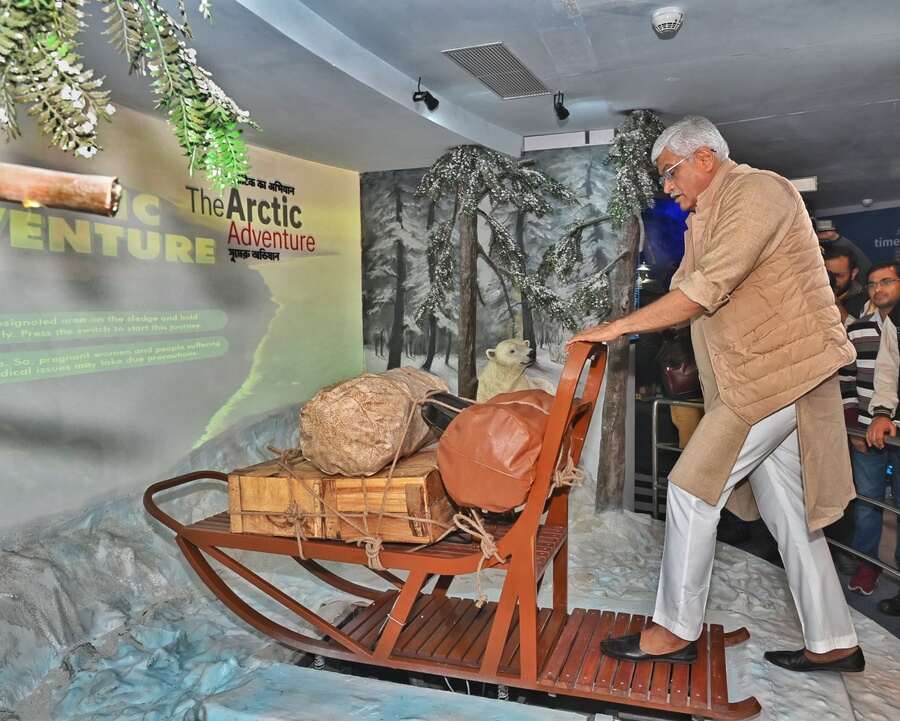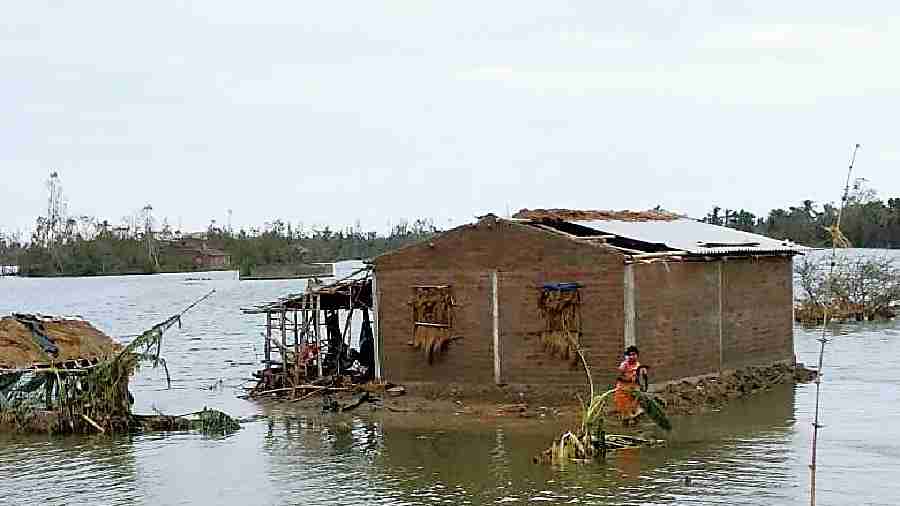Climate change has left a significant imprint on the 2025 edition of Gangasagar Mela in Bengal’s Sagar Island.
Climate change-triggered sea-level rise and erosion have eaten away nearly half of the ghats allocated for the holy bath at Gangasagar, inconveniencing lakhs of pilgrims but a warmer than usual Makar Sankranti has made it slightly more comfortable for the devotees from all over the country.
The Indian Meteorological Department (IMD) has supported the claim by residents of the area that the temperature in the morning hours, the auspicious time for bathing, has been warmer than usual.
Warmer than usual
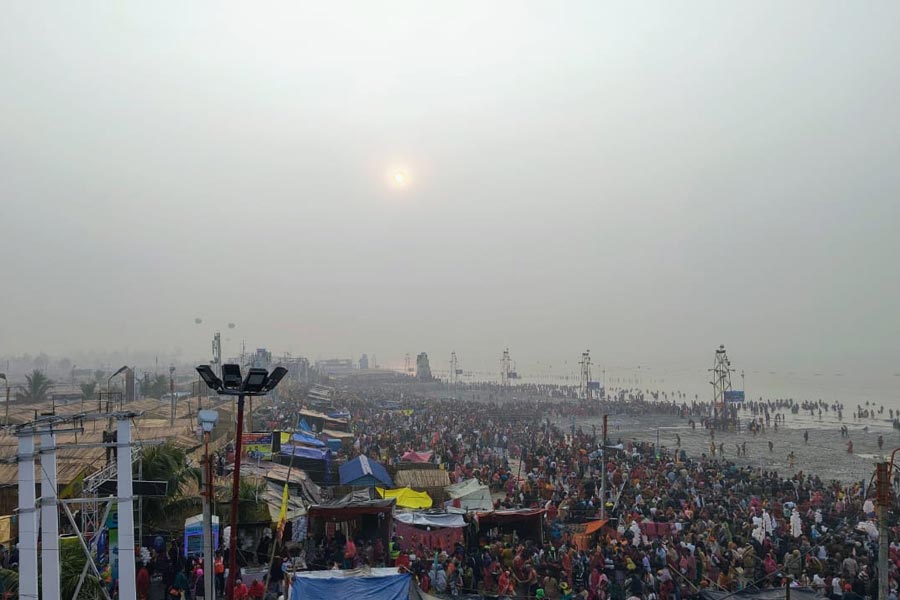
The Indian Meteorological Department has confirmed that the temperature at Sagar Island in the morning hours has been unusually warm this year
“The temperature in the morning hours of the Makar Sankranti day at Ganga Sagar was about 1.25 degrees Celsius higher compared to the normal trend,” confirmed IMD scientist Habibur Rahman Biswas, a scientist of IMD Kolkata on Tuesday afternoon.
Biswas also observed less fog than normal, which could be related to the missing chill at Gangasagar during Makar Sankranti, especially during the holy dip hours.
Most local residents also claimed that the weather this year has been much warmer. “Makar Sankranti means the feel of the chill. I have been part of several Gangasagar melas but hardly felt such warmth. Nobody is wearing warm clothes,” said a senior administrative official.
“It’s definitely unusual. I have been hawking on the beach during Makar Sankranti for several years but hardly ever felt this kind of warm weather during Gangasagar,” Monoranjan Bera told this correspondent at bathing ghat 6, early on Tuesday morning.
Residents also attributed the warmth to the lack of winds this year.
Ghats gone but administration managed (well)
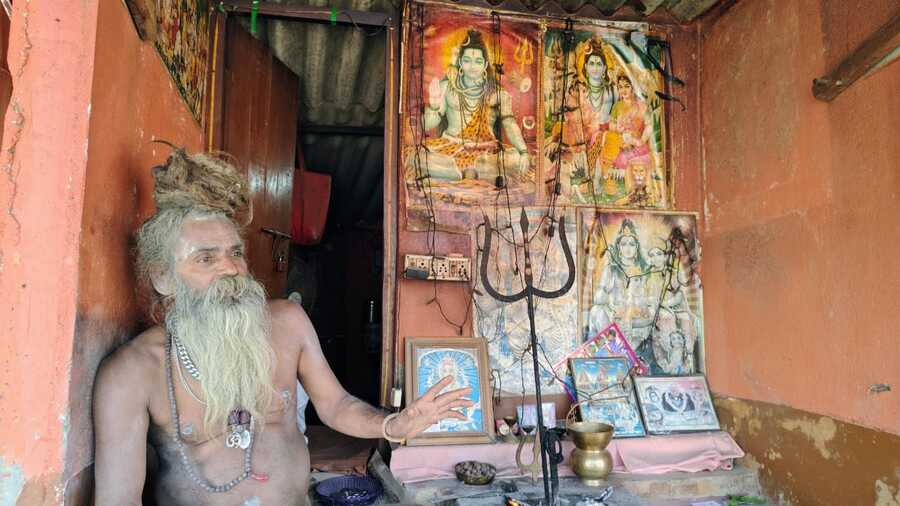
‘I have been coming to Gangasagar for many years, as well as to Kumbh Mela. Even this year, I will go to Prayagraj from here. The facilities have improved tremendously at Sagar Mela over the years. Both are equally important to me,’ Mahendra Giri, a Naga sanyasi, told this correspondent on Wednesday morning sitting adjacent to Kapil Muni Ashram
Half of the six bathing ghats have succumbed to the rising sea, as only ghat numbers 1, 5 and 6 are being used this year by lakhs to take the sacred bath on the fringes of the original bathing facilities on offer.
But the pilgrims are hardly complaining.
“Our family, a group of 12, has come all the way from Beura in Uttar Pradesh to Gangasagar for the first time. The facilities here are excellent and we have no complaints,” said Raju, a youth. “I have been to Kumbh Mela as well but feel that Gangasagar Mela is better managed than it,” said a senior accompanying the group.
Krisnakant Pandey, who came from Lucknow with his wife, agreed. “I have been to Kumbh Mela a number of times which is well-managed but Ganga Sagar is as good, or even we call it better if you consider so many people are arriving within a short span of time, while people come over for a wrong time at Kumbh.
Several groups from Bihar, Assam and elsewhere, with whom this correspondent spoke at Gangasagar, agreed.
Bengal irrigation minister Manas Bhuniya claimed that this year the vessel service has improved marginally. “The vessel service has been quite smooth this year, running almost 22 hours a day. The dredging was carried out effectively,” the minister told this correspondent on Monday afternoon.
The Bengal government has marshalled a major part of the state’s administrative resources to organise the mela under the direct supervision of chief minister Mamata Banerjee. It has thus earned praise from most of the devotees, including those coming from Uttar Pradesh, Bihar and north India, for organising an almost seamless mela despite difficulties posed by climate-inflicted disasters at Ganga Sagar. Many admitted that the way that Gangasagar has been organised could be compared to the Mahakumbh Mela at Prayagraj.
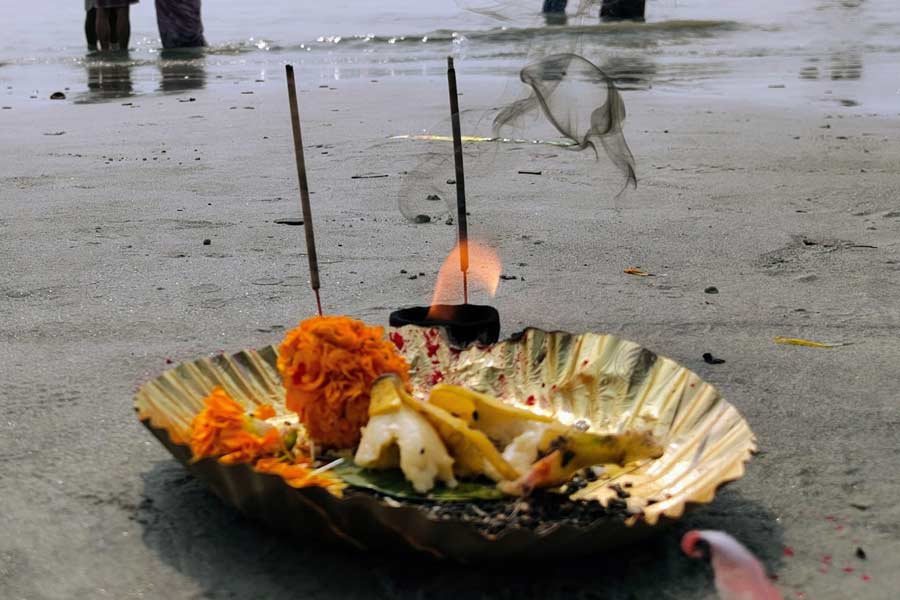
The mela has witnessed nearly 8.5 million devotees, according to a West Bengal government estimate but local residents have claimed that the actual number may be far less
“In all, 2,500 government and private buses, nine barges, 32 vessels and 120 launches have been put to use. Moreover, 21 jetties are being used and 13,000 policemen have been deployed at Ganga Sagar this year,” said minister Aroop Biswas at Gangasagar, who is supervising the overall management at the mela. Incidentally, Mamata Banerjee has deployed a posse of senior ministers to work on the ground at Sagar Mela to ensure that everything progresses well, while several other ministers and administrative officials have been given specific responsibilities to marshal pilgrims elsewhere in the state headed to Gangasagar.
The mela has witnessed nearly 8.5 million devotees, according to a West Bengal government estimate shared on Tuesday afternoon. Local residents, however, have claimed that the actual number may be far less. “With Mahakumbh taking place simultaneously, the exact number, this year, is less than last year; and may be around 5 million at the most,” said an administrative officer. Last year, the official number of pilgrims stood at 12 million.
